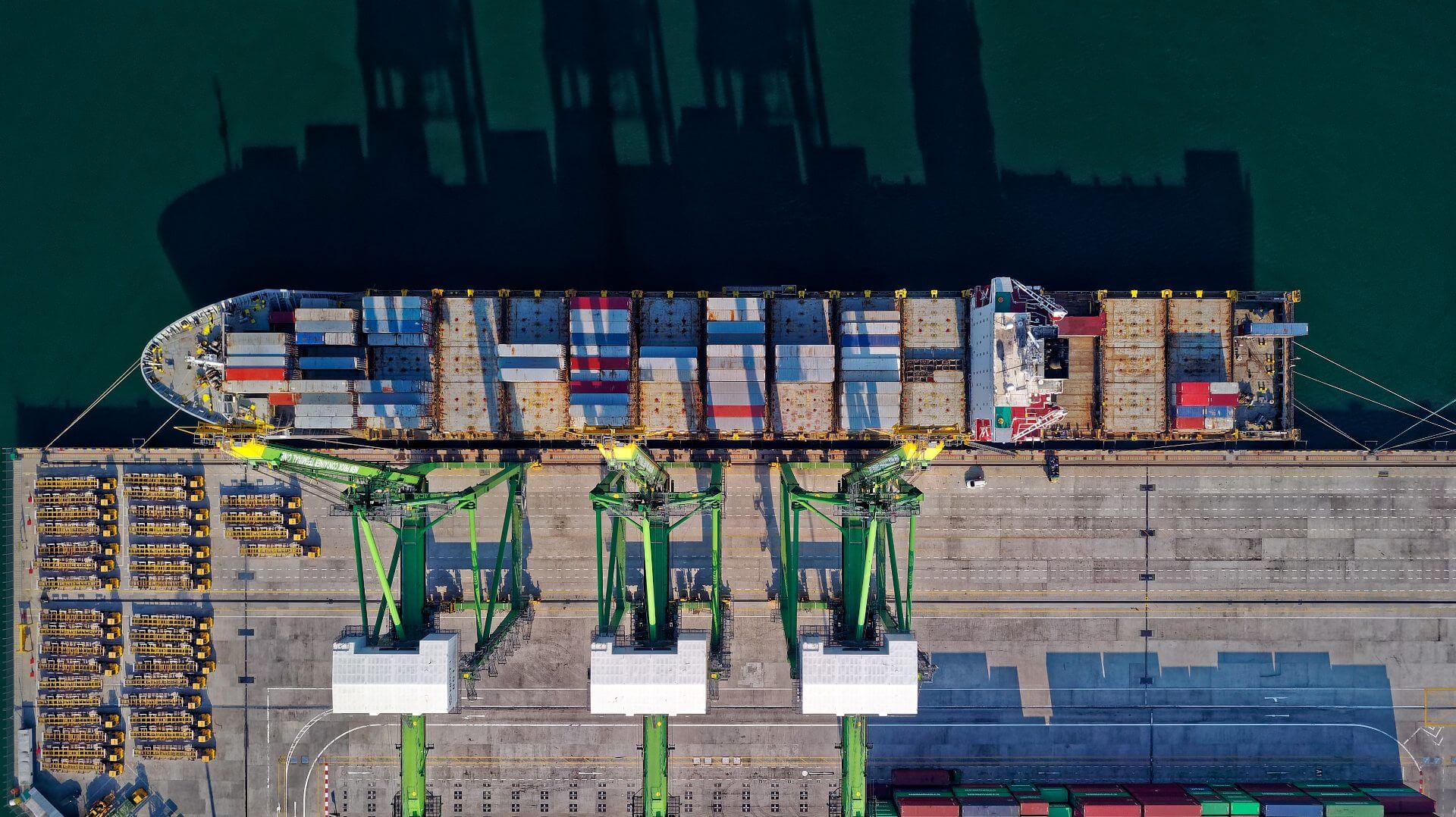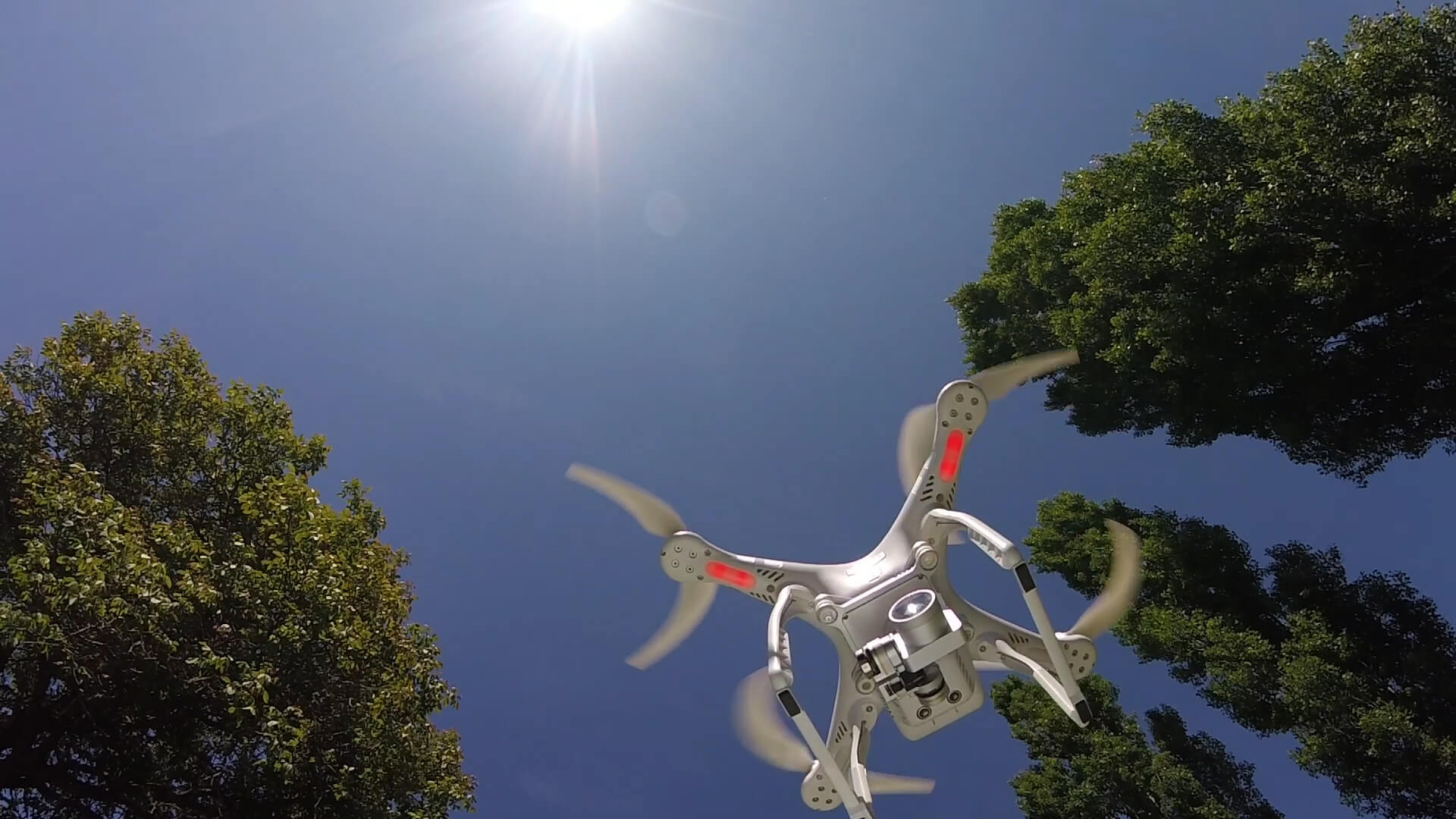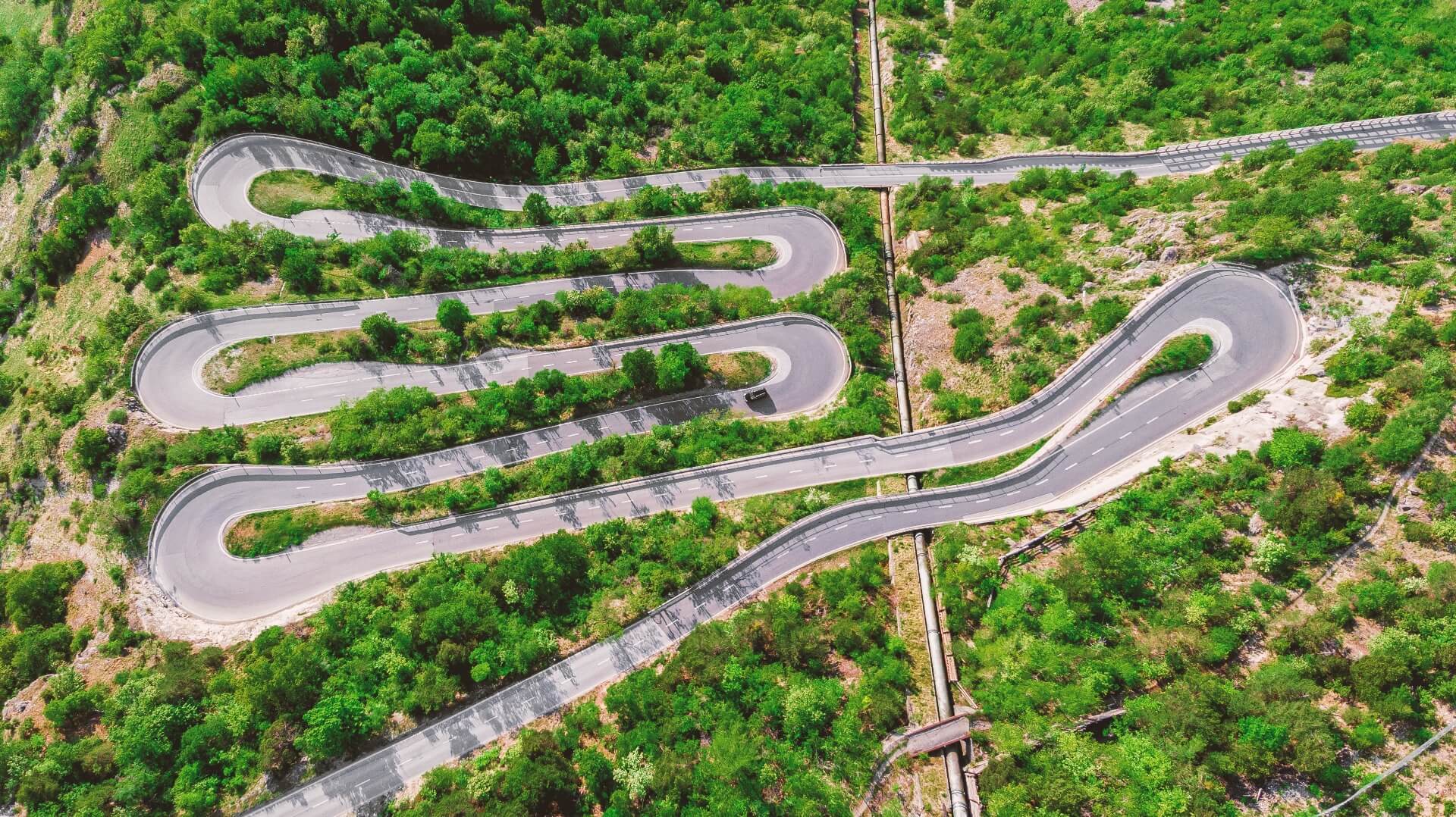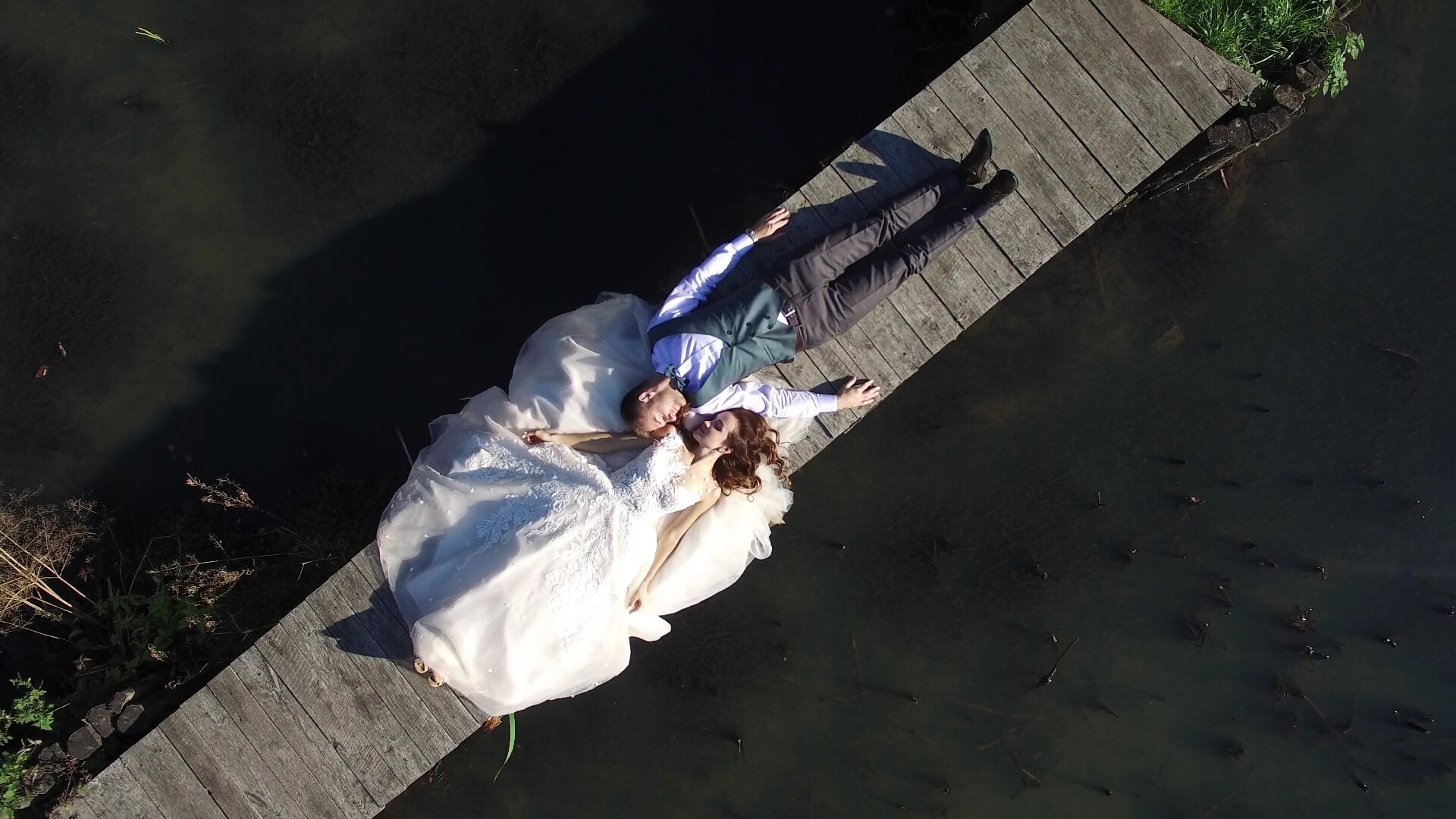Guest contribution
Drone Photography for Brilliant Aerial Pictures
Take Photos from a Bird’s Eye View with Your Drone
Drones have recently become quite a popular trend, and not only with techies. Equipped with photo and video capabilities, drones open up a whole new world of possibilities for photography enthusiasts who are always on the lookout for out-of-the-ordinary motifs and perspectives. These small remote-controlled aircraft do have their drawbacks, however. Accidental collisions and crashes are unfortunately not uncommon and can be quite hazardous.
To ensure you’re well-prepared for your first drone flight and can take nice aerial pictures, we’ve gathered together here the most important aspects you should keep in mind.

First Flight Attempts
Before getting around to the photography side of things, you should first get comfortably acquainted with the operation of your drone as well as with all its available functions. If you’re still new to operating your drone, you should first concentrate on the flying of the drone itself and less on its camera function. You’ll end up with better aerial photos once you can confidently and easily operate your drone. In addition to piloting the drone in the air, a good take-off as well as a safe landing are of equal importance, both of which take a bit of practice in the beginning. It’s always best to land your drone on a flat surface free from obstacles. There shouldn’t be any hindrances that could get caught up in the rotor blades such as branches, wash lines, or other obstacles.
Observe Laws and Regulations for Drone Operation
There are many laws and regulations in effect concerning the use and operation of drones, most of which have to do with the privacy and personality rights of others. The specifics of these regulations are a bit different from country to country. In Switzerland, the regulations for drone operation are stipulated in the “Verordnung des UVEK über Luftfahrzeuge besonderer Kategorien” (DETEC Ordinance on Special Category Aircraft). In some regions additional regulations may apply. In 2019, a uniform EU drone ordinance will come into effect. Before flying your drone, you should first check which laws and regulations apply to drone operation in your country.

Check the Drone’s Batteries
Drones usually operate on battery power, which limits its flight time. Check your drone’s batteries before each flight and it’s best to take several charged batteries with you to ensure you don’t have to break off taking photos before you’re finished. You should land your drone as soon as the first battery warning sounds to avoid an accidental crash.
Visual Sight and Return to Home
Before flying your drone, you should first calibrate its internal compass. You should also keep visual contact with your drone the entire time while flying it. It’s also a good idea to acquaint yourself with the drone’s Return to Home (RTH) function before operation. Many drones come equipped with this practical function, which allows the drone to fly back and land at its starting position either automatically or at the command of the operator. RTH is automatically activated in some instances, such as when a certain altitude/distance from the operator is exceeded, radio transmission is interrupted, or the battery is low. The parameters of automatic RTH are different from model to model. Thus, you should pay attention to the drone’s altitude and make sure that no mountains or buildings are in the way that could exceed the drone’s RTH altitude. Otherwise, damaging and dangerous collisions could occur. Thus, flying a drone in cities or in the mountains should be done with extra caution.

Planning a Photo Shoot with Your Drone
You should start out by contemplating a flight plan for your drone’s photo shoot. Where might you find suitable motifs to photograph and where could you find optimal flying conditions to avoid complications? For your first photo flights, you should choose a clear area with good visibility and few obstacles for both the drone as well as yourself while flying and walking along. Besides your flight plan and the area you’ll be flying in, you should also pay attention to the overall weather conditions as well as the wind speed/direction. It’s best to avoid strong rains/winds and just fly your drone on another day with better conditions should they be less than optimal.
Finding Motifs from a Bird’s Eye View
Once your drone is in the air and you’re at the controls, you can start it along your planned route and search for possible motifs. In general, the same guidelines for normal photography are also applicable here. The rule of thirds, for instance, will provide you with a harmonious image detail when photographing from the air. On the other hand, symmetries in certain areas or localities, abstract forms, and brilliant contrasts also make extraordinary photo motifs. Besides breath-taking landscape and architecture photographs, drone photography is also used more and more often for out-of-the-ordinary photo shoots. Here, the person(s) to be photographed lie on the ground in scenic surroundings or simply look up into the camera to create a one-of-a-kind photo.

Shooting Video from the Air
The video function is also popular with drone enthusiasts. Landscapes and localities can be especially well depicted. Fitting music is also often edited into the videos. In order to make sure the general flow of the video isn’t interrupted, you should fly your drone at a slower speed and use gentle manoeuvring.

Andri Laukas: “I pay particular attention to two things when operating drones. Firstly, not to fly over crowds of people, highways, or in the vicinity of airports – see FOCA for areas in Switzerland. Secondly, I try as much as possible not to disturb animals in their living environment.”
Conclusion
Drone photography offers wonderful possibilities for extraordinary motifs and perspectives. Once you’ve become acquainted with the technical aspects, operation, and legal regulations, you’ll have nothing standing between you and one-of-a-kind photos from a bird’s eye view. In order to prominently showcase the results of your drone photography, you could, for instance, order photos as a high-quality ifolor wall decoration and transform your photos into an especially eye-catching decoration for your home.
